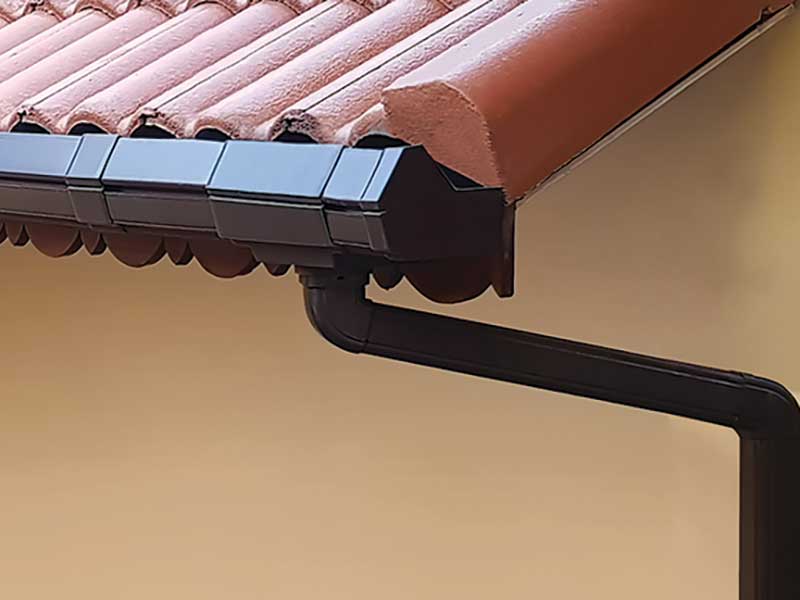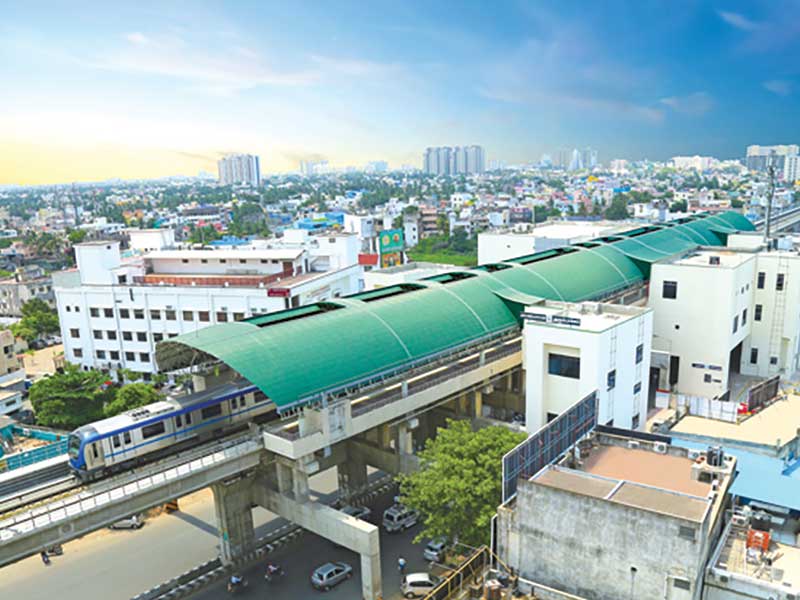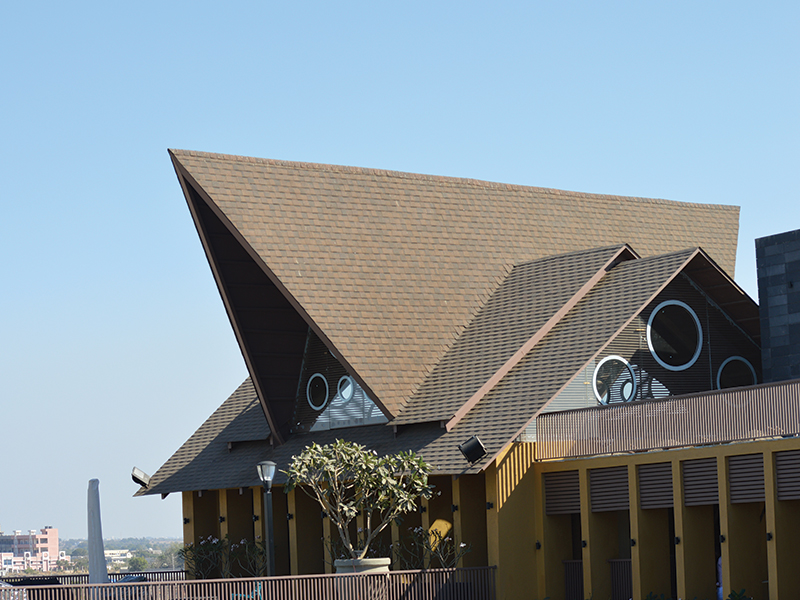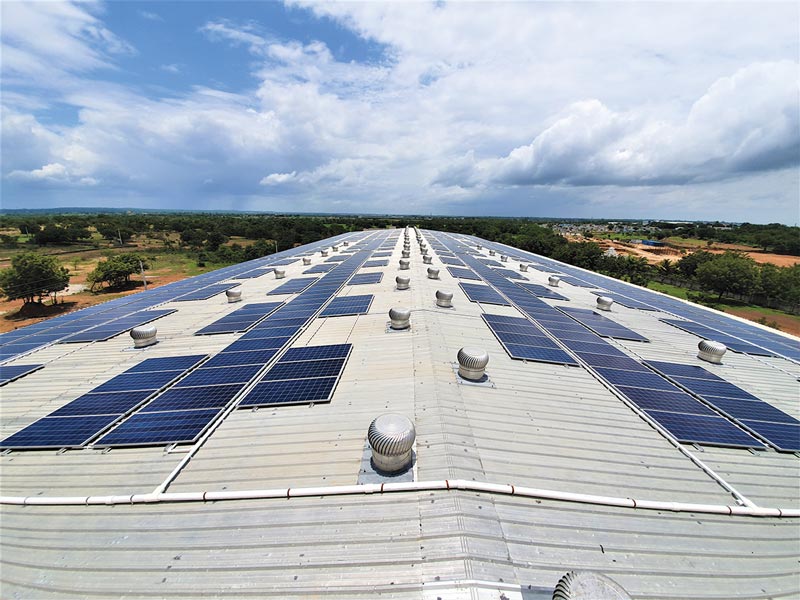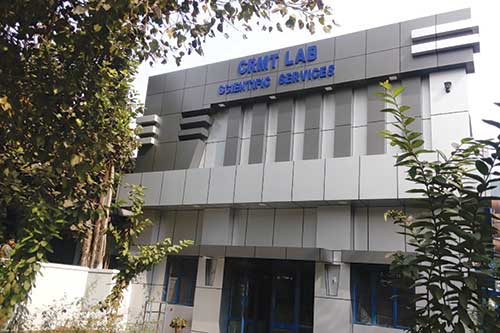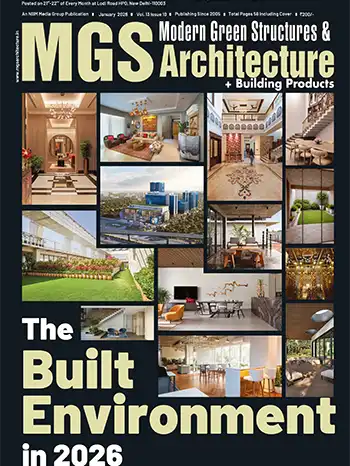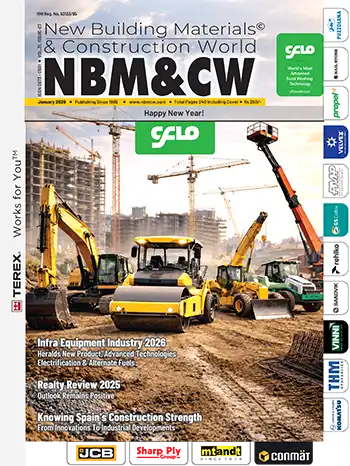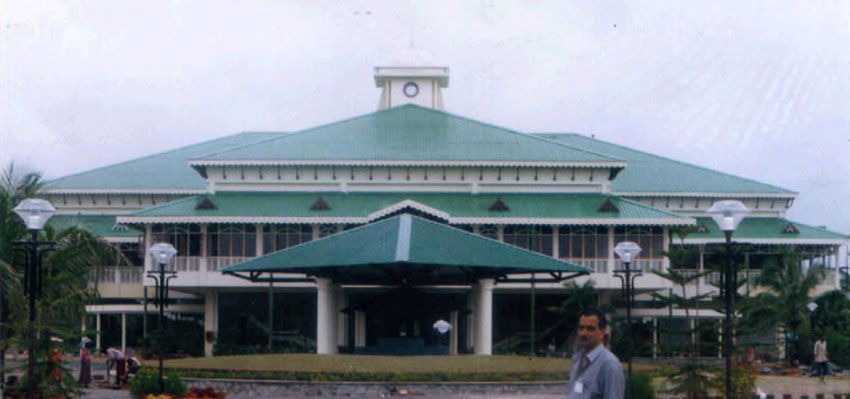
The title conjures up an ideal roofing system, and that is what steel roofing is. It is the lightest roofing system with the longest service life, in excess of forty years. Ducker Worldwide concluded that of all the single ply roofing systems used in the US, metal roofing had the lowest life cycle cost (Figure 1). How can a more durable product offer a lower life cycle cost? The answer lies in the technological innovations in steel making, roll forming and roof designing technologies.
Historically, while metal roofing has been used since 1200 BC, roofing materials were restricted to noble metals, which offered long service lives but were exorbitantly expensive. Back then, metal roofing was hand assembled, which was a very labor–intensive process. Hence its use was restricted to palaces, places of worship and similar special buildings where cost was not a factor.
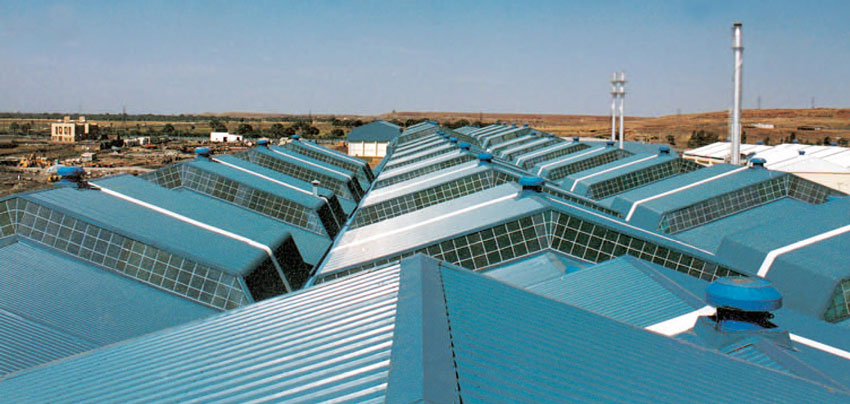
In the last century or so, several technological innovations in steel making, corrosion protection (metal coatings) and decorative (paint) coatings, roll forming, design software, and fastening techniques have enhanced the performance of and reduced the cost for steel roofing, thus bringing it in the domain of industrial, commercial and residential applications. By far, the greatest enabling technological innovation was in the area of steel making and metal coating. The ability to consistently make light gauge steel with defined strength levels and superior corrosion resistance at economical prices enabled designers to "engineer" roofing systems with these products.
Steel roofing has now become the "norm" and is commonly seen in public buildings, airports, hospitals, stadia, and several industrial and commercial establishments. Publications, movies, television programs, etc. have all shown metal roofing at one time or the other. The major advantages of steel roofing are rapid installation, larger clear spans, light weight, design flexibility, weather tightness, safety, recycleability, durability and the lowest life cycle cost. An added benefit of the lighter weight steel roofing is its ability to be used for re-roofing failed on top of failed roofs, without the need for its removal. Thus the building can get a new roof without the need for tearing and disposing off the old roof and without disrupting building use.
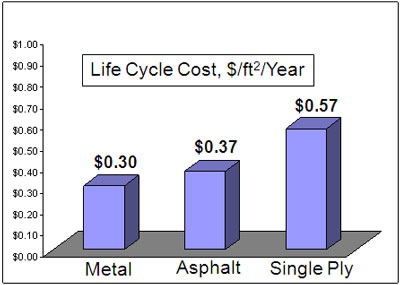
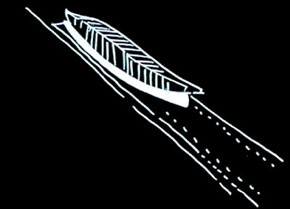
About fifty years ago, an optimum blend of zinc-aluminum alloy coating for steel was developed, commercialized about forty years ago. This product has established itself as the unquestionable leader for steel roofing applications around the world. The unique feature of this product is its composition and microstructure. The nominal coating composition is 55% aluminum and 45% zinc by weight. On a volume basis, the coating is 80% aluminum and 20% zinc. The coating's unique microstructure consists of tiny zinc rich areas encapsulated in an aluminum rich matrix. The zinc sits dormant within the aluminum-rich matrix till it is required to protect exposed steel along the edge, bend or other areas of coating discontinuity. As one "zinc pocket" protects the exposed steel in its proximity, the zinc in that pocket is consumed and replaced by zinc corrosion products which plug that pocket, and the next adjacent zinc "pocket" is activated. Since the zinc in the alloy coating is not free to dissolve like the 100% zinc coating, its service life is considerably lower. Another phase in the coating microstructure – the alloy or intermetallic layer – prevents corrosion from occurring and progressing under the coating like in the case of aluminum coating. A few other zinc-aluminum alloy coating compositions were also introduced in the market over the past twenty years (35% Al-Zn and 5% Al-Zn) but neither was commercially successful as 55% Al-Zn for roofing applications.
In addition to its excellent durability, this product is highly reflective and helps keep the inside environmant cool during the day. Concerned with increasing air temperature and global warming caused by increasing urbanization, the US Environmental Protection Agency (EPA) classified GALVALUME roofing as "cool roof." This remarkable steel product is marketed under several trademarks, GALVALUME, ALUZINC and ZINCALUME being the more prominent ones around the world, and is the fastest growing steel product in the world.
All coated sheet steels used for roofing applications are light gauge, high tensile strength materials. They can be painted on continuous coil coating lines with a variety of paint systems. Generally, for roofing applications requiring long service life, a two-coat paint system–a special corrosion inhibiting primer and a durable topcoat–is applied. Each coating layer is baked in line at high temperature ensuring superior durability. A common misconception is that the paint film enhances the corrosion resistance of the steel substrate. This misconception is heightened because of long-term product warranties offered independently by steel and paint companies. Two things should be remembered in this regard. The primary function of most paint systems is aesthetics and they do not significantly enhance the corrosion resistance, which primarily depends on the metal-coated steel substrate. Secondly, the warranties offered by the steel and paint companies are very different. While the steel company's warranty is against corrosion and substrate perforation, the paint company warranty is against color retention, chalking and fading of the paint substrate.

Structural grade metal coated sheet steel, generally 0.4 to 0.6 mm thick, is typically used for most high–end roofing applications. Premium steel roofing generally requires 275 gram/m2zinc-coated (galvanized) or 150 gram/m2of 55% Al-Zn coated sheet steel. Both materials can be prepainted but 55% Al-Zn can also be used in its natural finish because it retains its brightness for a very long period. Lighter gauges and lower metal coating weights are used for economical, corrugated roofing which can also be painted with less durable paint systems. The specifier must understand these "technicalities" to avoid any surprises if the product fails to live up to its expected performance level.
Steel roofing offers virtually unlimited design possibilities. If the architect can visualize a design, it can be engineered. A good example is the award winning train station built for the 2000 Olympic Games in Sydney. Inspired by the eucalyptus tree leaf, that typifies Australian vegetation, the architect designed the train station roof with ZINCALUME and created a masterpiece building. Similarly, all conceivable roof designs can be made with steel roofing.
With increased emphasis on reducing global warming, the paint industry has introduced yet another innovation for prepainted steel roofs. Defying logic, they have introduced a new generation of paint systems containing highly reflective pigments that actually keep the roof cooler. Traditionally, lighter colors were considered to be more reflective than darker colors. Today, darker colors can have equal or lower reflectivity than the lighter colors from the old generation paints. This improvement is further enhancing the "green" credentials of steel roofing.






